The Power of Proximity
This past week I, along with two former colleagues from New Profit, published an article in Stanford Social Innovation Review on “proximate leaders.” The premise of the article is that those who come from marginalized communities are often the best positioned to develop innovations that work for their communities.
About proximate leaders and social change we say, “Leaders who are proximate are not just good for upfront input, after-the-fact feedback, or even engagement throughout. Proximate leaders should be leading, not following, the field’s cadre of academic, nonprofit, governmental, and business experts in creating solutions to their community’s challenges.” The article shares a few amazing examples of community specific innovations that have emerged from proximate leaders.
As the article makes its way into social media channels it has been interesting to see the reactions. Most of the response has been positive and appreciative that we have raised this issue with clarity. There have also been a few people chiming in that the case we are making is obvious – so obvious in fact, it’s amazing the case even needs to be made.
I agree. But the reality is that we are up against a mental model in the social sector today that “expertise” and critical knowledge and intelligence lie with academic degrees, formal authority or accumulated wealth – essentially the trappings of formalized power. Overcoming this mental model of what constitutes expertise is one of the keys to opening the way to more transformative change with our most serious social and environmental challenges.
Changing the mental model of philanthropy is one of the first places to begin. Why is it that only 4 percent of US philanthropic dollars go to organizations led by people of color? Why are nonprofits in rural parts of the country funded at a much lower rate than urban nonprofits? Why do so many funders look for nonprofits led by people with degrees from elite colleges and universities?”
The article provides some proposals for how philanthropy can recalibrate its mental model and behavior with respect to proximate leaders.
Given the present dynamic, what antidotes might you suggest?
Art credit: Street art by Swoon, Brooklyn, NY. Photo credit: "Swoon street art" by duncan is licensed under CC BY-NC 2.0
